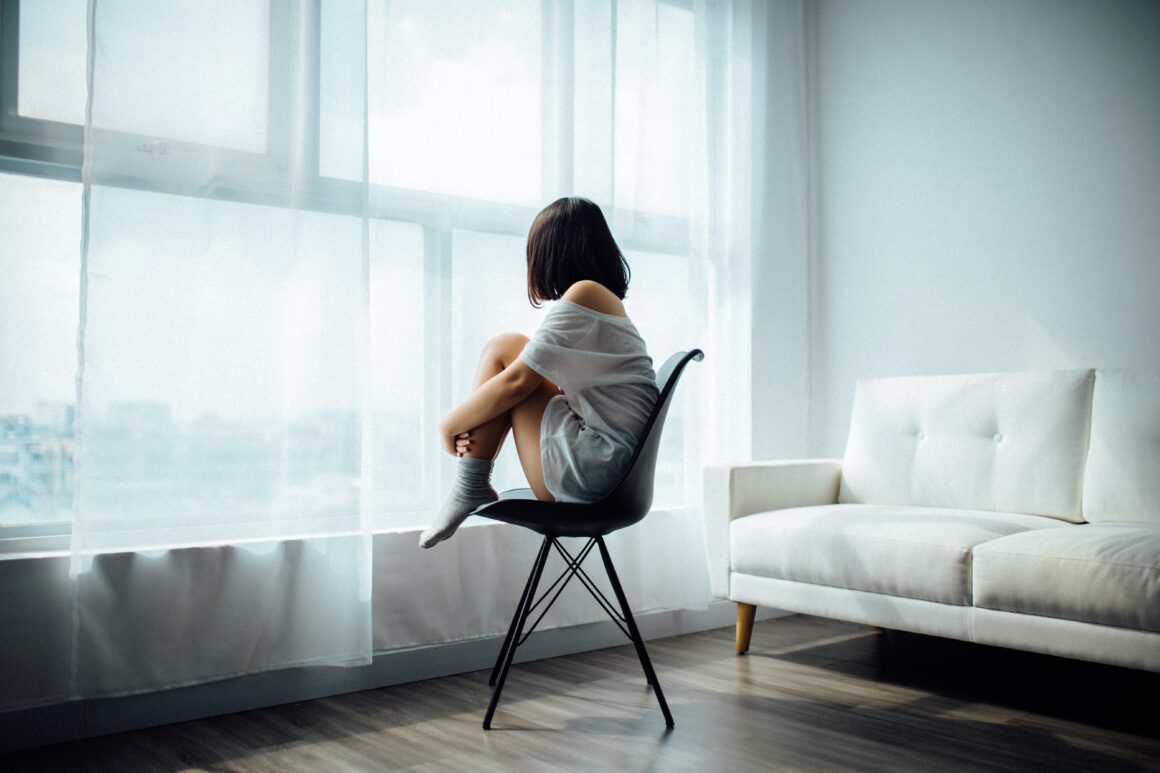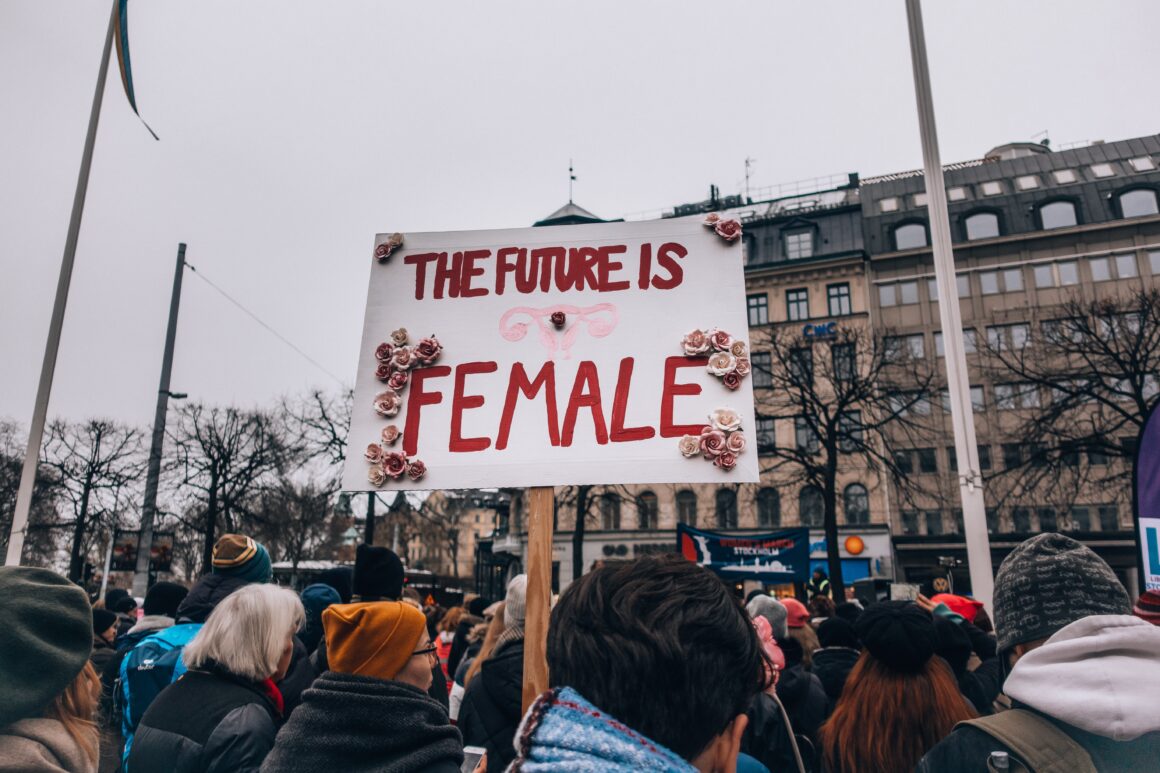 She’s become a familiar part of entertainment: bloodied, bruised and battered, the woman on the receiving end of violence is popular on the screen. Looking back there are slasher films with girls being hunted down and brutally murdered, while today we stare at the lifeless female bodies on popular crime shows. The audience loves a broken woman, all the brutality against her being eagerly consumed by each viewer.
She’s become a familiar part of entertainment: bloodied, bruised and battered, the woman on the receiving end of violence is popular on the screen. Looking back there are slasher films with girls being hunted down and brutally murdered, while today we stare at the lifeless female bodies on popular crime shows. The audience loves a broken woman, all the brutality against her being eagerly consumed by each viewer.
Recently actress Rose McGowan criticized an advertisement for the upcoming X-Men: Apocalypse movie showing a female character being strangled. “There is a major problem when the men and women at 20th Century Fox think casual violence against women is the way to market a film,” she told The Hollywood Reporter. Of course there were the usual cries about how it’s not real, the assault existing only in the realm of cinema. The line between reality and fiction, however, can easily become blurred in a society that gorges itself on television and film.
Speaking of reality, the frequency of domestic violence incidents in America points out how real the threat of harm against women is. According to the Bureau of Justice Statistics, “females ages 18 to 24 and 25 to 34 generally experienced the highest rates of intimate partner violence.” Additionally, it was found that from 1994 to 2010, 80% of victims of domestic violence were female. To put it bluntly, women face a credible danger to their safety while in relationships. Worse yet, when they dare to speak out against the abuse they’re usually dismissed, said to be lying for one reason or another.
We cannot divorce the connection between the poor treatment of women in entertainment and those in real life. By constantly seeing actresses being reduced to mistreated playthings for kicks, people are becoming desensitized to the cruelty faced by those trapped in abusive relationships. No, witnessing a woman being violently attacked in a movie won’t necessarily trigger an abuser into beating their partner, but it conditions the rest of us to view such situations as less horrific than they actually are.
Glorifying the debasement of women in the media further warps the already distorted public perception of domestic violence. The fact that there are film promos using a woman’s physical suffering as enticement are telling of the misogynistic ideas embedded in society. Until we stop seeing female abuse as inherently entertaining, little progress will be made in changing how we deal with battered women. Instead of viewing our degradation as ripe for the camera, women under the hand of maltreatment should be seen as victims needing sympathy, understanding and support.



Comments are closed.